How The First Date Has Changed Over The Past 100 Years
Dating is a huge part of our lives in 2022, making it hard for many of us to believe that it’s a relatively new phenomenon and has changed a lot since the early 1900s.
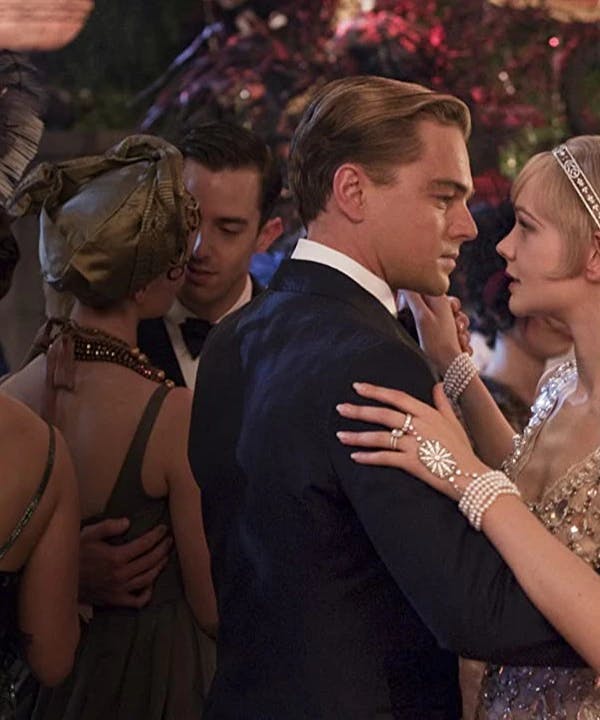
From chaperoned dates to dating apps, the nature of first dates and dating, in general, has changed a lot over the years. Here’s a breakdown of how first dates have changed over the past hundred years.
The Early 1900s: Gentleman Callers
Since the concept of marrying for love was a relatively new concept at the turn of the 20th century, so was dating. Dating in the early 1900s resembled courtship more than modern dating, and first dates (and many other dates) consisted of a "gentleman caller" visiting a young woman at her home (after having received permission to do so from the young lady and her parents).
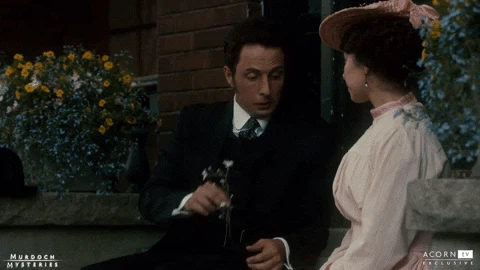
The date was almost always chaperoned by family members (talk about awkward), but the dates were also straightforward and focused on finding a potential future spouse. Though chaperoned dating doesn’t sound ideal, we can’t help but love the appeal of focusing on what the future of a relationship could be instead of playing games or wasting time.
The ‘20s: The Origin of the Modern Date
Courtship faded out at the start of the 1920s, and the modern date was born. Beth L. Bailey, author of From Front Porch to Back Seat: Courtship in Twentieth-Century America, writes, "Dating had almost completely replaced the old system of calling by the mid-1920s — and, in so doing, had transformed American courtship."
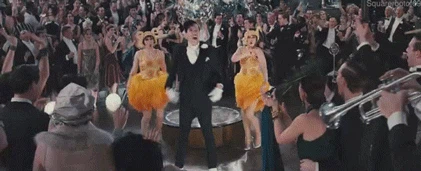
The increasing affordability of cars meant that couples could get away from homes and supervising family members (and start “necking” in private). Couples started going out on unchaperoned dates in public, and the rise of speakeasies (undercover bars that illegally sold alcohol), made the classic drinking and dancing date popular. Though it was a big change from the chaperoned dates at home earlier in the century, we can’t help but love the idea of a date where you put on a pretty dress, grab a cocktail, and go dancing.
The ‘50s: Going Steady
Dating was difficult during the 1930s and 1940s due to the Great Depression and World War II, so new dating trends didn’t pop up until the 1950s. During the 1950s, teenage culture became popular, and many teenagers started to date. Though young women had more freedom than they had in the early 1900s, they still dated in pursuit of marriage.
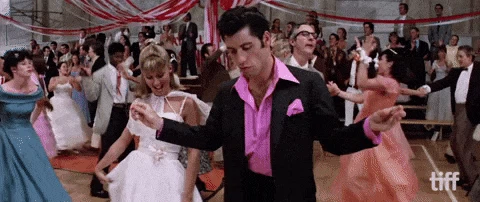
Dates were often arranged by the guy and involved anything from going to the movies to having lunch at a diner. After a few dates, couples would decide to "go steady" and make their exclusive relationship official. Though this trend was mainly popular among teenagers, we can’t help but long for the days when it was expected to define the relationship.
The ‘60s and ‘70s: The Sexual Revolution
The 1960s were the start of the sexual revolution and second-wave feminism that continued into the 1970s. The rise of these movements coincided with the rise of the pill (with its deeply problematic origins), creating a perfect storm for young women who wanted to seek sexual liberation. This led to the rise of casual sex and the complete separation of sex from marriage and commitment.
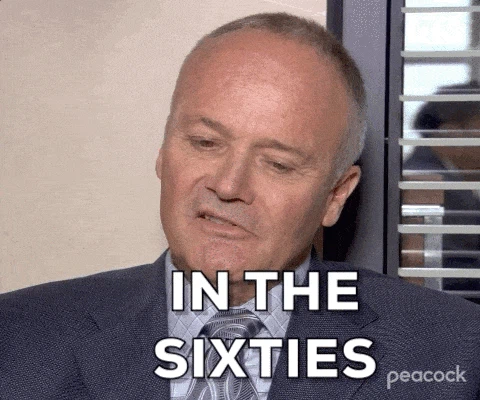
Edmund Lindop, author of America in the 1960s, believes this coincided with the Baby Boomer generation’s different attitudes towards sex and social mores in general. He writes, "For youth of the 1960s, such restrictions were a thing of the past. Many young women took birth control pills to prevent pregnancy. They freely explored their sexual feelings. Sex before marriage was no longer taboo. Young people extolled the benefits of ‘free love’ – that is, making love without marriage or long-term commitments." The sexual revolution helped create modern hookup culture, which was popularized in the next few decades.
The ‘80s and ‘90s: The Origins of Modern Hookup Culture
Though people were hooking up during the sexual revolution, the term "hookup culture" originated in the late ‘80s and early ‘90s. Formal dates were seen as a way of the past, and many had no-strings-attached casual relationships or had one-night stands with people they met at bars, laying the foundation for today’s hookup culture.
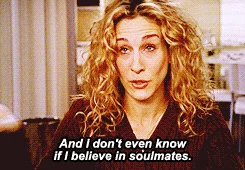
However, many teenagers still dated similarly to how they did in the ‘50s (think of Kelly asking Zack to go steady with her in Saved By The Bell, or DJ’s relationship with Steve in the later seasons of Full House), like arranging dates on the phone and passing love notes during class. First dates usually consisted of getting dinner or seeing a movie, something that we should probably embrace as adults today.
Present Day: Digital Dating
Though Match.com was created in 1995, Eharmony launched in 2000 and ushered in the century of online dating. Online dating expanded in the 2010s in the form of dating apps – both Tinder and Hinge were created in 2012, and Bumble launched in 2014. Though first dates are still a thing, many get to know their dates before meeting up in-person for coffee, drinks, or dinner for the first time.
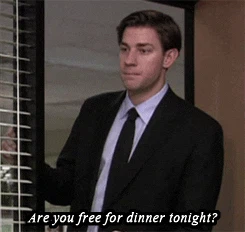
Many also use online dating to find someone to hook up with or have a no-strings-attached casual relationship, proving that hookup culture evolves over time.
Closing Thoughts
Like any social phenomenon, first dates and dating in general change as the times do. From the chaperoned dates of the early 1900s to the current hookup culture surrounding dating apps, dating has evolved a lot over the past century and will likely evolve more in the coming decades (hopefully for the better).
Love Evie? Let us know what you love and what else you want to see from us in the official Evie reader survey.